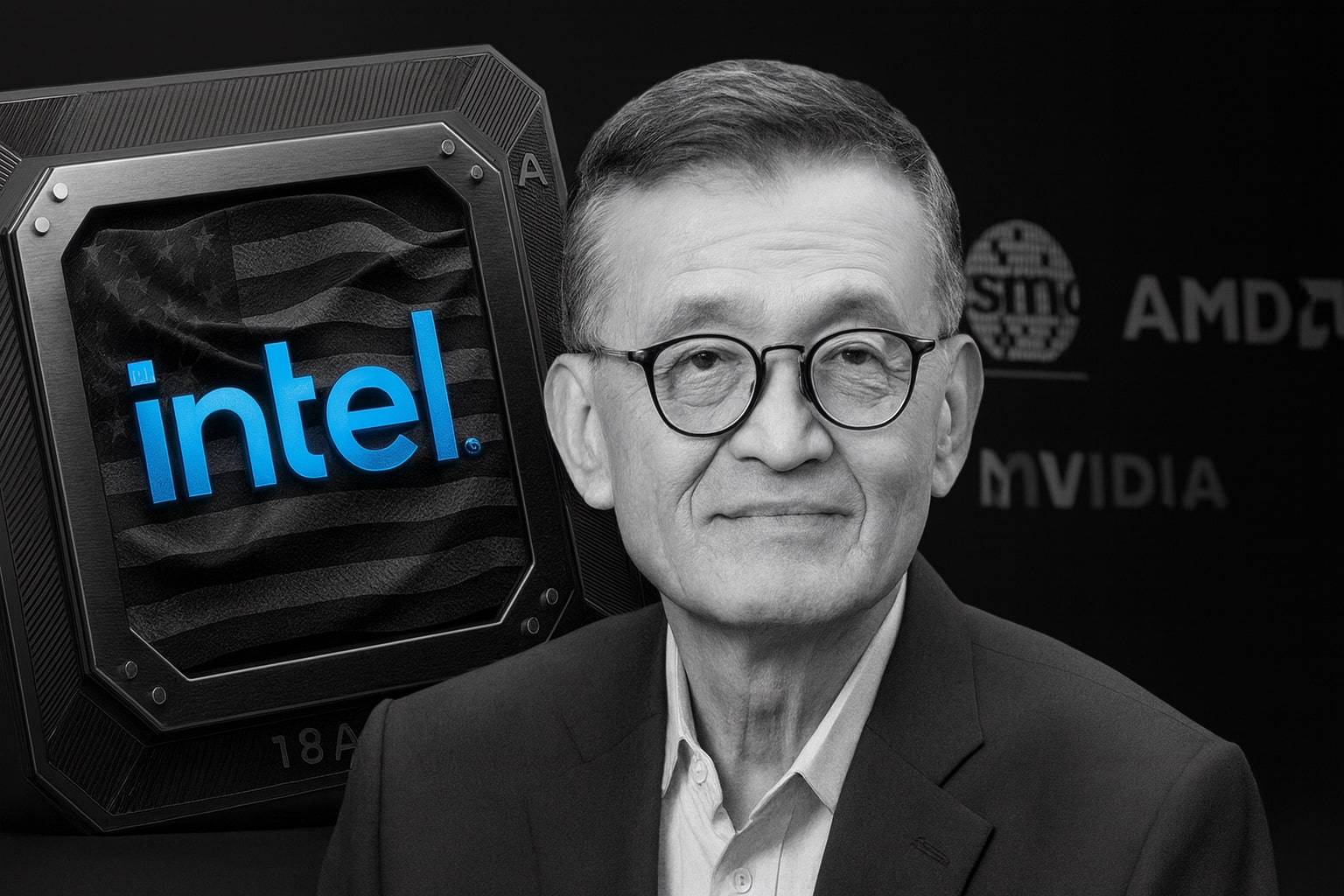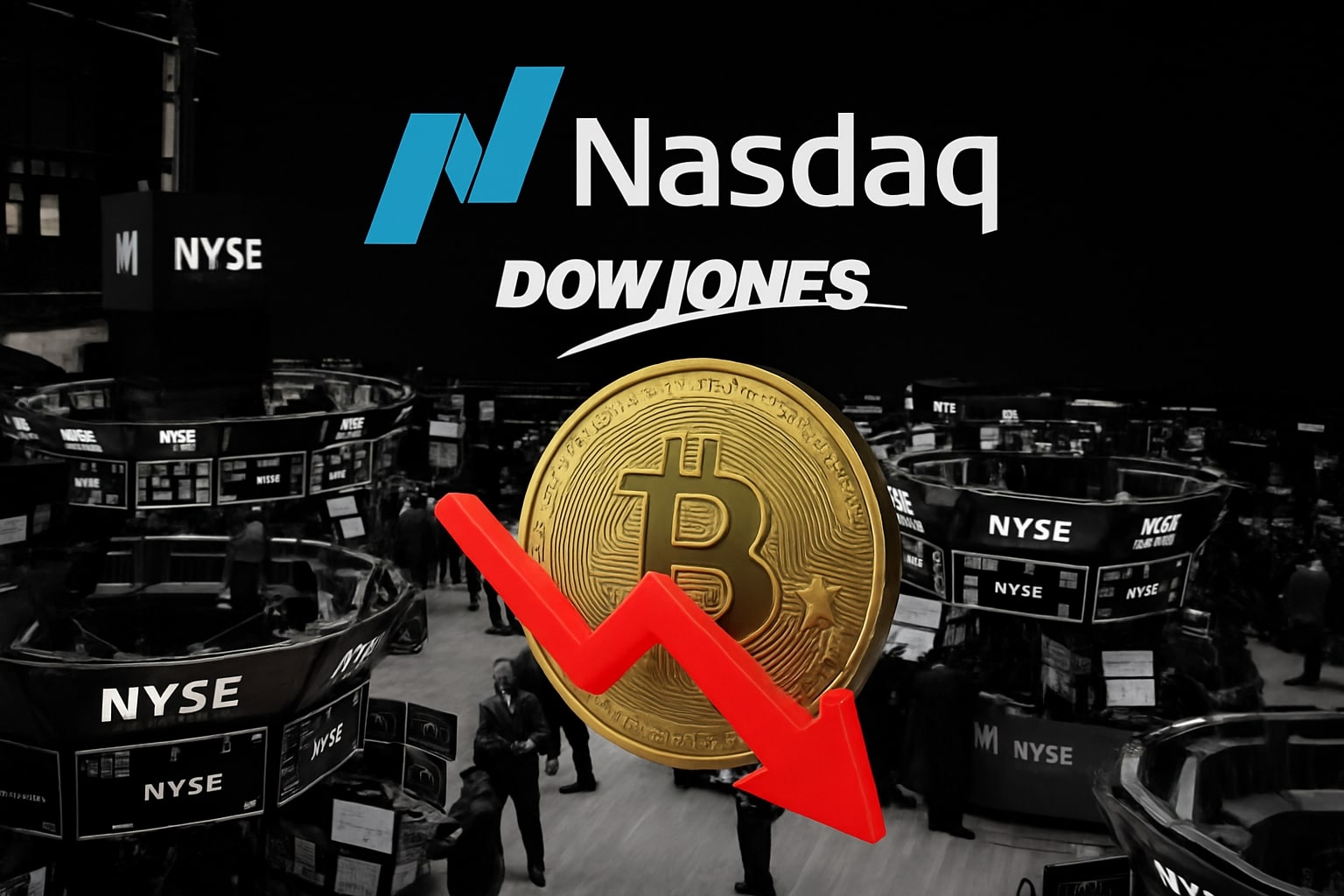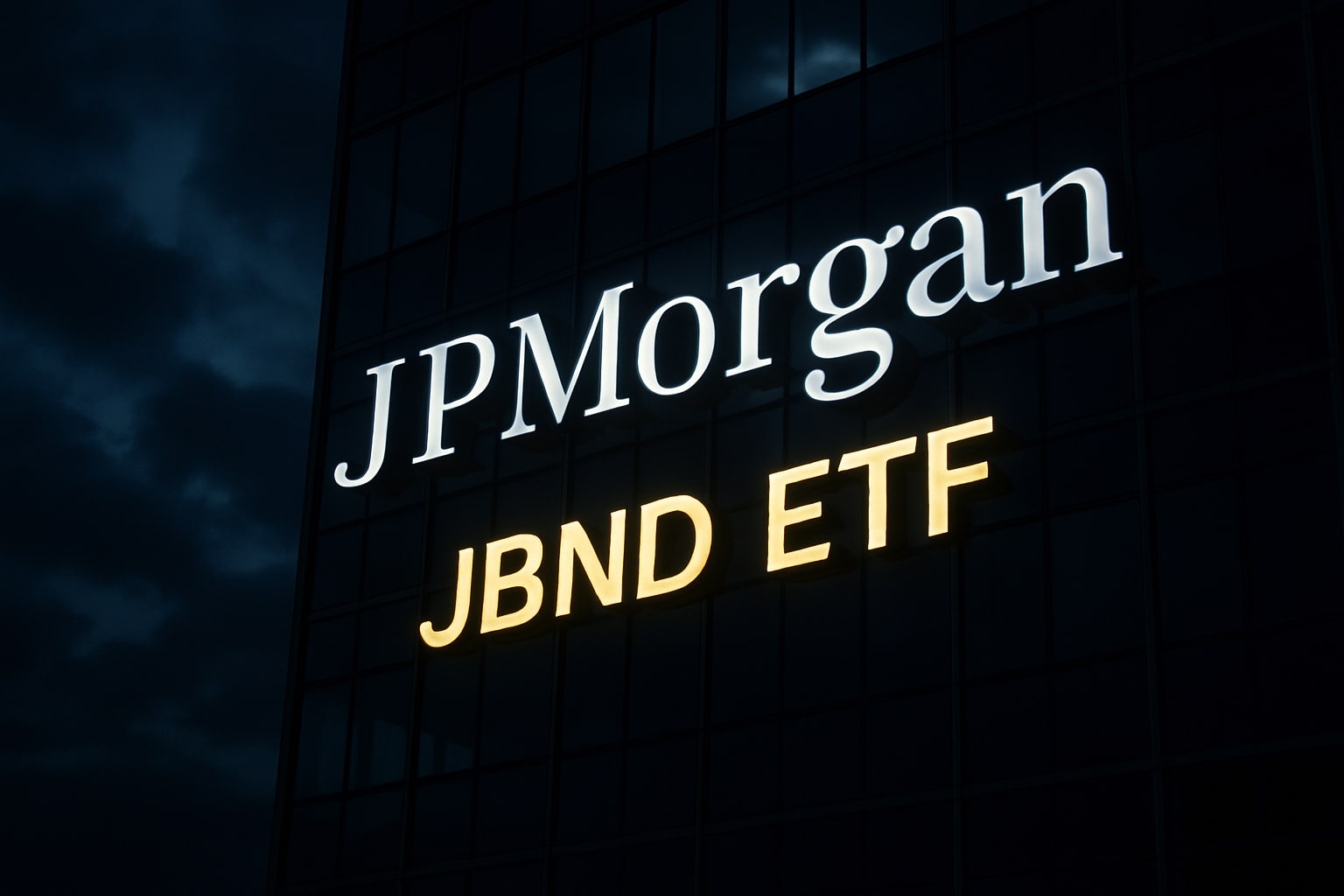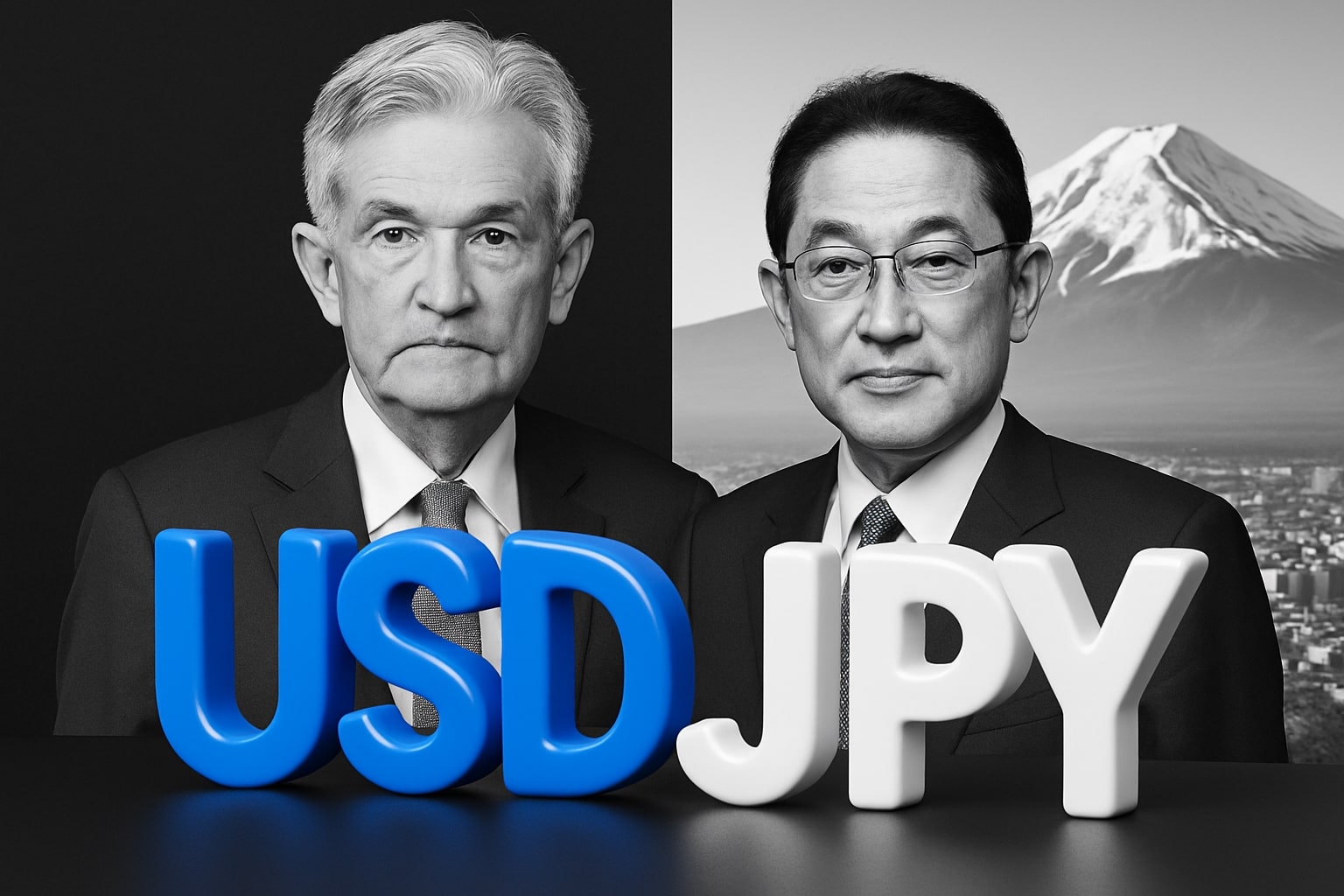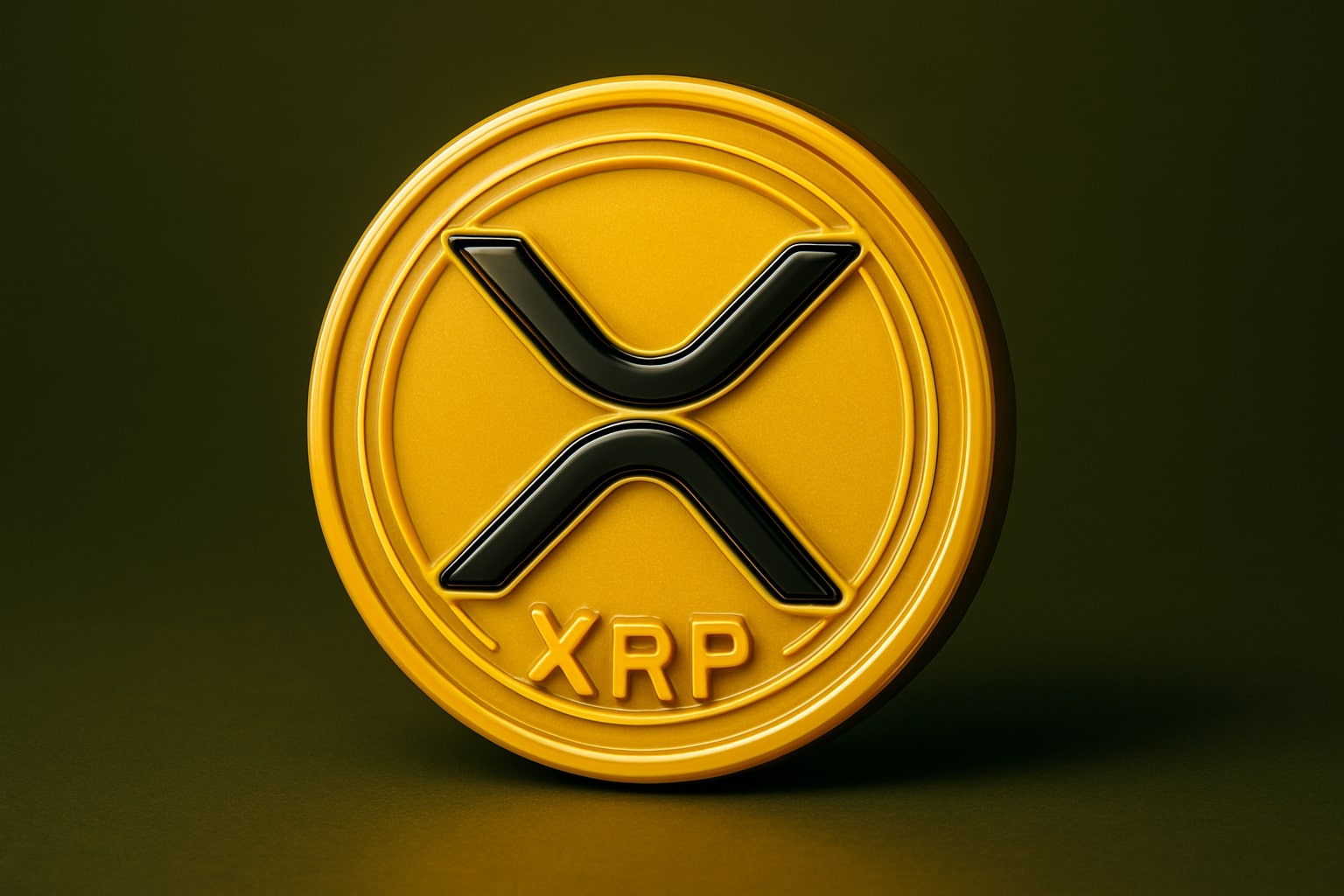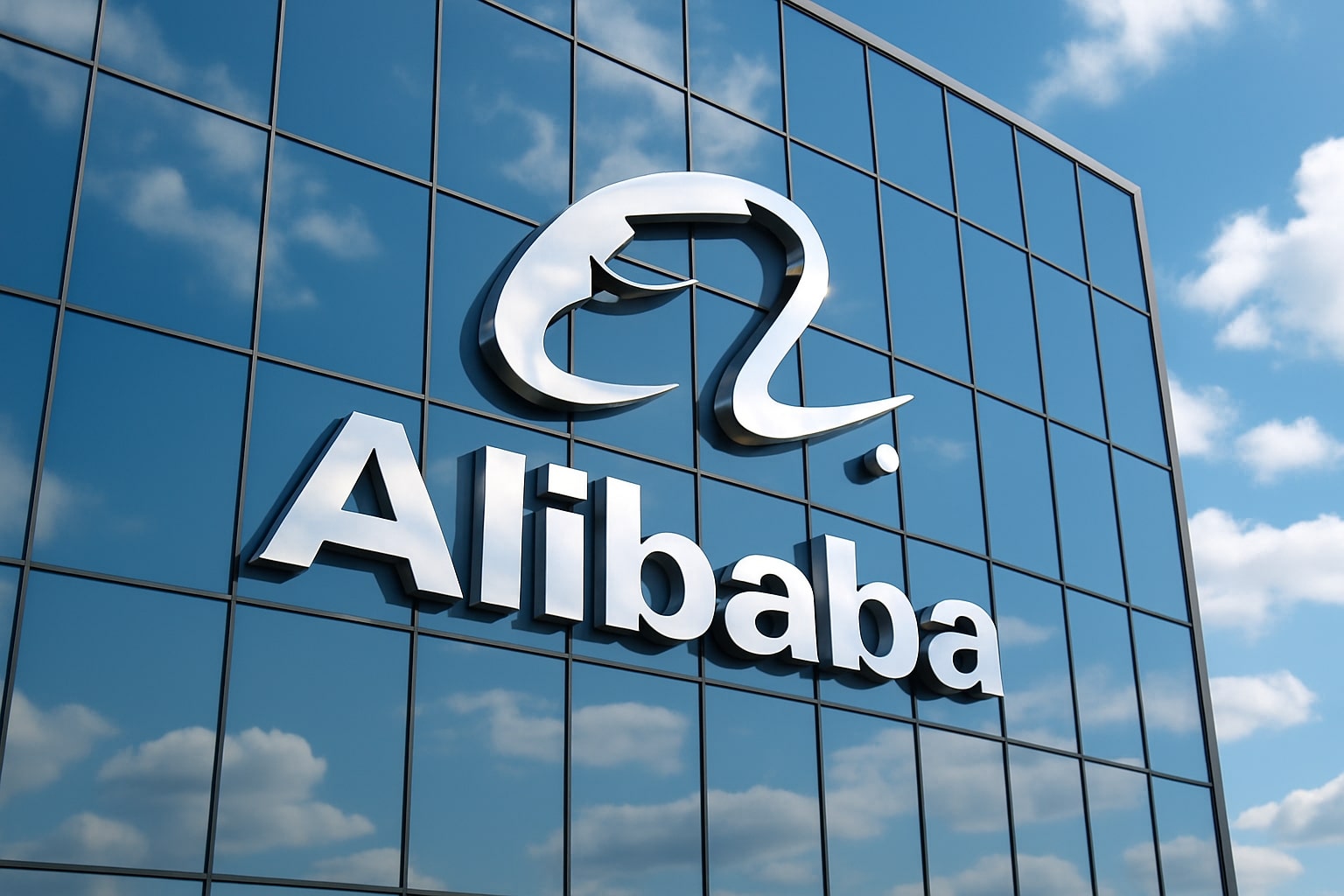
Alibaba Stock Price Forecast - BABA Shares Drops Toward $153 As Market Pullback Hits China Tech
Shares fall nearly 4% to $153.49 as NYSE:BABA confronts a wave of earnings downgrades, rising volatility across China tech, and investor caution despite 26% cloud growth | That's TradingNEWS
NYSE:BABA Repositions Itself At The Center Of China’s AI Shift And Builds A New Valuation Framework
NYSE:BABA trades near $153.49, sliding from the $159.84 previous close yet holding the long-term uptrend driven by a structural shift inside its business model. The stock’s strengthening AI identity, a cloud segment growing 26% YoY, a national push for domestic data-center hardware, and a multiyear $50B+ CapEx cycle form the backbone of a valuation rerating that differs entirely from how Alibaba was perceived in prior years. The deeper one examines the numbers, strategies, earnings revisions, and capital flows, the clearer it becomes that the company is rebuilding itself into a diversified AI-commerce-cloud infrastructure leader, and the current market price fails to reflect that shift. Investors tracking https://www.tradingnews.com/Stocks/BABA/real_time_chart have seen the stock consolidate above the rising 200-day moving average while China’s technology policy landscape accelerates both the challenges and opportunities shaping Alibaba’s next three years.
NYSE:BABA Anchors Growth Around China’s Emerging AI Architecture And The Government’s New Energy Subsidy Regime
China’s decision to cut energy costs for large data centers by as much as 50% fundamentally alters the cost base of NYSE:BABA’s cloud and AI ecosystem. The subsidies were triggered by developers struggling with high power consumption from older, less-efficient chip architectures—chips that consume 30% to 50% more energy than Nvidia-class GPUs. For Alibaba, which reported 26% YoY cloud revenue expansion in the June 2025 quarter, power is one of the largest operating inputs. These subsidies therefore widen the margin buffer precisely when Alibaba is scaling models built around smaller-parameter AI architectures (SLMs) that run efficiently on non-cutting-edge silicon. This is Alibaba’s strategic divergence from the U.S. approach: instead of pumping tens or hundreds of billions into increasingly large LLMs, China is developing an ecosystem that scales more task-oriented, energy-efficient models with immediate real-world use cases. This is not a limitation—it is an economical, forced-innovation strategy shaped by export controls and energy economics.
NYSE:BABA Expands Its Cloud Profit Engine As CapEx Surges Beyond Fifty Billion Dollars And ROIC Recovers
Alibaba’s Cloud Intelligence Group has emerged as the central profit engine of the NYSE:BABA ecosystem. Management has committed more than RMB380B (over $50B) toward global data-center expansion, power-efficient infrastructure, and domestic silicon. While total revenue grew only 2% YoY in the June quarter, segment-level EBITA reveals where the flywheel now sits: China e-commerce delivered RMB39.4B in EBITA on RMB140.1B in revenue—an EBITA margin near 28%, far beyond Amazon’s 5.9% North America retail operating margin. This profitability strength, combined with the surge in cloud usage, drives Alibaba’s ROIC recovery after last year’s decline. Analysts projecting ROIC convergence with Amazon are increasingly grounded in hard data: high-margin cloud, a diversified AI stack, an energy-subsidized cost base, and a disciplined shift toward clean-energy data centers by 2030.
NYSE:BABA Leverages The Open-Source AI Movement To Strengthen Developer Adoption And Reduce Dependence On Nvidia-Class Hardware
Alibaba’s open-source approach—promoting developer contribution to smaller, task-oriented models—creates multiplier effects inside its cloud platform. As more developers build SLMs optimized for specific tasks, external usage grows, and Alibaba internalizes increasing platform value without large GPU investment. This ecosystem strategy parallels its earlier e-commerce model: instead of owning everything end-to-end, NYSE:BABA creates the infrastructure, attracts third-party builders, and benefits from volume and data gravity. The strategy aligns with China’s industrial shift away from reliance on Nvidia hardware. Nvidia’s CEO warned that U.S. policy drove the company from 95% market share in China to 0%, and Alibaba stepped into this vacuum by supporting domestic chip projects—even partnering with major state-linked data-center initiatives using nearly 23,000 locally produced AI chips delivering 3,579 petaflops of compute.
NYSE:BABA Strengthens Its Consumer AI Position With The Qwen Platform Overhaul And Expands Revenue Optionality Across E-Commerce And Quick Commerce
Alibaba’s decision to overhaul its Tongyi app into the Qwen brand is a direct attempt to compete with ChatGPT on consumer-facing use cases. This includes autonomous agentic-AI functions that streamline shopping, automate buyer workflows, and increase conversion rates—an underappreciated revenue growth catalyst. The market responded immediately: NYSE:BABA jumped 4% in premarket trading on November 13. Internally, AI already accounts for >20% of external cloud customer revenue in Q1, and management expects acceleration. Quick commerce has become the fastest-growing piece of the retail portfolio, while core marketing regained high-single-digit growth. Even though fiscal Q1 revenue of $34.6B missed estimates by $910M, and non-GAAP EPADS of $2.06 missed by $0.10, the stock delivered its strongest earnings reaction in three years—surging 13% the next trading day. The market effectively declared that Alibaba’s AI trajectory outweighs its headline misses.
NYSE:BABA Faces Analyst Downgrades But The Estimate Reset Creates A High-Probability Earnings Beat Setup For Q2 2026
Over the past 90 days, Wall Street issued 27 earnings downgrades and only 2 upgrades, pushing consensus EPADS for fiscal Q2 to $0.81, a steep –61% YoY decline, with revenue expected at $34.16B, a 4.45% increase. The level of pessimism embedded in these numbers conflicts with the operational data: cloud revenue growing 26%, AI already exceeding 20% of external customer revenue, the margin benefit from new China energy subsidies, and fewer one-off costs expected compared with the prior quarter. When analyst expectations disconnect from internal growth drivers and CapEx cycles, the stage is set for upside surprises. This explains why NYSE:BABA rose 34% after the Q1 double miss—investors saw the transition underway before sell-side models adapted.
NYSE:BABA Trades At A Discounted Valuation Despite Sector-Leading Growth Catalysts And A Strengthening Technical Base
Applying FY2027 non-GAAP EPADS of $9.72, assigning a multiple of 19.47x, yields a fair value near $189. Using Oakoff Investments’ adjusted valuation—5% EPADS premium and a 25x multiple—produces a $257 ADR price target, a 53% upside from current levels. On a price-to-sales basis, shares already trade 10% below the 5-year average. Technical structure supports the thesis: NYSE:BABA hovers above the rising 200-day moving average, with the latest pullback landing on the $150–$157 demand zone. RSI reset toward 40 after prior overbought readings, and volume patterns show accumulation on rallies and lighter selling pressure on declines. Resistance levels cluster around $167 at the 50-day moving average and $183 at the October high.
Read More
-
Intel Stock Price Forecast - INTC Slides To $35.98 As AI Leadership Turmoil And Market Share Loss Hammer NASDAQ:INTC
14.11.2025 · TradingNEWS ArchiveStocks
-
XRP Price Forecast - XRP-USD Drops To $2.32 As XRP ETF Euphoria Collides With Market Liquidations
14.11.2025 · TradingNEWS ArchiveCrypto
-
Natural Gas (NG=F) Stalls Below $5.00 After A 40% Winter Rally
14.11.2025 · TradingNEWS ArchiveCommodities
-
Stock Market Today: NASDAQ Recovers, DOW Slides 300, S&P 500 Holds 6,736 as Bitcoin (BTC-USD) Drops Below $95,000
14.11.2025 · TradingNEWS ArchiveMarkets
-
USD/JPY Price Forecast - Yen Climbs Toward 155.00 As Policy Divergence and Missing U.S. CPI
14.11.2025 · TradingNEWS ArchiveForex
NYSE:BABA Confronts Country-Risk Premiums And Geopolitical Volatility But Gains Strategic Advantages Inside China’s Policy Framework
Country risk remains the primary valuation headwind. U.S.–China tensions, export controls, and supply-chain fragility overshadow even the strongest earnings beats. Competition from Meituan and the uncertain timeline for breakeven in Alibaba’s international digital commerce unit add layers of risk. Yet the same geopolitical constraints that suppress NYSE:BABA’s multiples are also generating structural advantages: government-supported data-center energy subsidies, a push for domestic AI chip supply chains, and accelerated open-source development cycles. The valuation gap with Amazon is therefore not purely fundamental—it is the pricing of political overhang.
NYSE:BABA Final Verdict Supported By All Data Points And Market Structure
Every dataset—CapEx above $50B, cloud revenue growing 26%, AI exceeding 20% of external cloud customer revenue, the consumer-facing Qwen overhaul, domestic silicon advancements, ROIC recovery, valuation discounts, technical strength, revised estimates, and the supportive China energy policy—aligns to a single conclusion.
NYSE:BABA Is A Buy
A decisive Buy. A fundamental Buy. A valuation Buy. A technical Buy.
The path toward $189–$257 over the next 12–24 months is justified by the numbers, the strategy, and the capital cycle.














